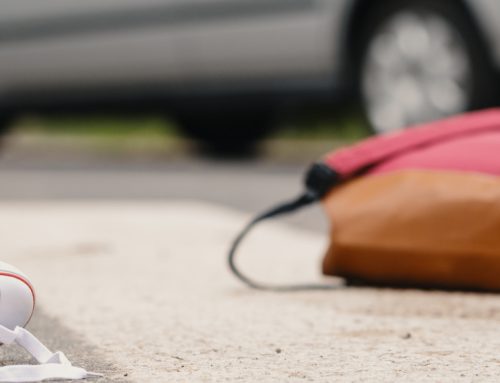Bail is money or other property that is deposited with the court to ensure that the person accused will return to court when he or she is required to do so. If the defendant returns to court as required, the bail will be returned at the end of the case, even if the defendant is ultimately convicted. However, if the defendant does not come to court when required or violates his or her bail conditions, the bail will be forfeited to the court and will not be returned.
What types of bail may the court set?
- Recognizance: This is the defendant’s written promise to appear in court on the date set and abide by the terms set by the magistrate or judge. No monetary pledge, cash deposit of security by property or professional bondsman is required.
- Unsecured Bond: This release pending court appearance is based on the defendant’s written agreement to appear in court on the date set and abide by the conditions set by the magistrate or judge. It is backed by an agreement by the defendant to forfeit money to the court if she or he does not appear in court on the date set.
- Secured Bond: This is secured by either a cash deposit, a pledge of real or personal property, or a pledge by a third party that the defendant will appear in court on the date set and abide by the conditions of the release. The judge may forfeit any type of security in the event that the defendant does not appear in court on the date set.





